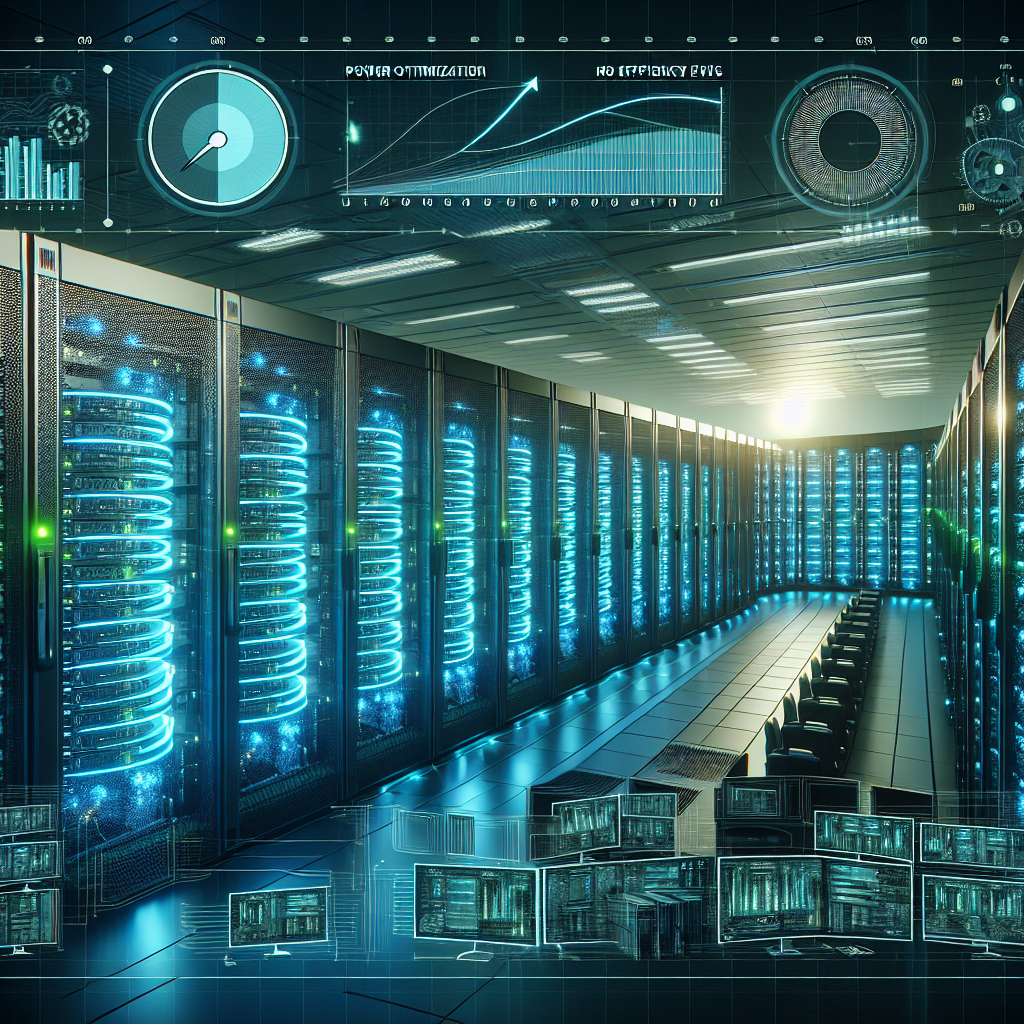Data centers are the backbone of today’s digital world, serving as the storage and processing hubs for vast amounts of information. With the increasing demand for data processing and storage, optimizing power distribution in data centers has become crucial to ensure efficient operation and reduce energy consumption. Here are some best practices for optimizing power distribution in data centers:
1. Use Energy-Efficient Equipment: Utilizing energy-efficient servers, power distribution units (PDUs), transformers, and cooling systems can significantly reduce power consumption in data centers. Opt for equipment that is ENERGY STAR certified or meets other industry standards for energy efficiency.
2. Implement Virtualization: Virtualization technology allows data centers to consolidate servers and optimize resource utilization, reducing the overall power consumption. By running multiple virtual servers on a single physical server, organizations can reduce the number of servers needed, leading to lower power requirements.
3. Implement Hot Aisle/Cold Aisle Containment: Hot aisle/cold aisle containment is a design practice that involves arranging server racks in alternating rows with hot aisles and cold aisles. By segregating hot air exhaust and cold air intake, data centers can reduce cooling requirements and improve energy efficiency.
4. Use Intelligent Power Distribution Units (PDUs): Intelligent PDUs provide real-time monitoring and control of power usage in data centers. By tracking energy consumption at the rack level, organizations can identify areas for optimization and reduce unnecessary power usage.
5. Implement Power Management Software: Power management software can help data center operators monitor and manage power consumption, identify inefficiencies, and implement energy-saving measures. By analyzing power usage data, organizations can optimize their power distribution and reduce energy costs.
6. Consider Renewable Energy Sources: Incorporating renewable energy sources, such as solar or wind power, into data center operations can help reduce reliance on traditional power sources and lower carbon emissions. Organizations can also consider purchasing renewable energy credits to offset their carbon footprint.
7. Conduct Regular Energy Audits: Regular energy audits can help identify areas of inefficiency in power distribution and highlight opportunities for improvement. By analyzing energy usage patterns and identifying areas for optimization, organizations can implement targeted strategies to reduce power consumption.
8. Implement Power Management Best Practices: Encourage best practices among data center staff, such as turning off unused equipment, optimizing server utilization, and implementing power-saving features on servers and networking equipment. By promoting a culture of energy efficiency, organizations can reduce power consumption and minimize their environmental impact.
Optimizing power distribution in data centers is essential for reducing energy costs, improving efficiency, and minimizing environmental impact. By implementing these best practices, organizations can achieve a more sustainable and cost-effective operation of their data centers.


Leave a Reply